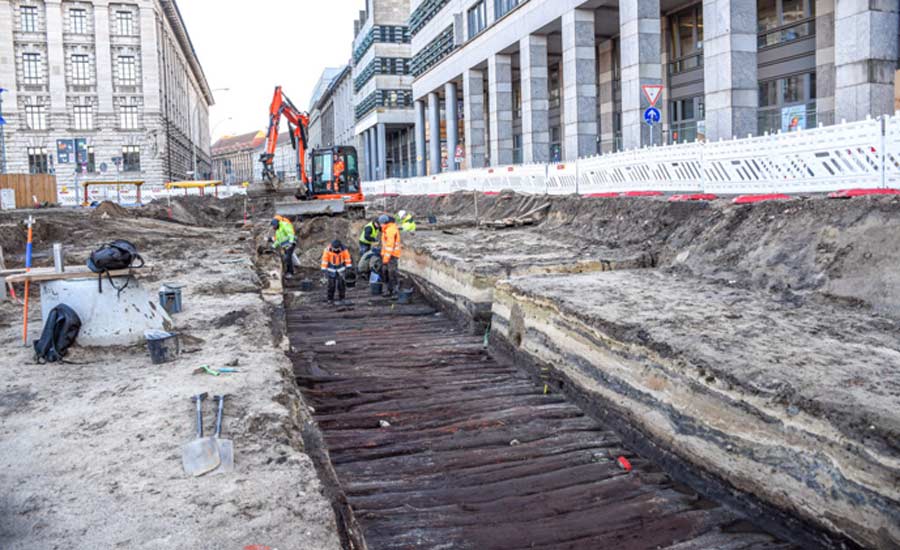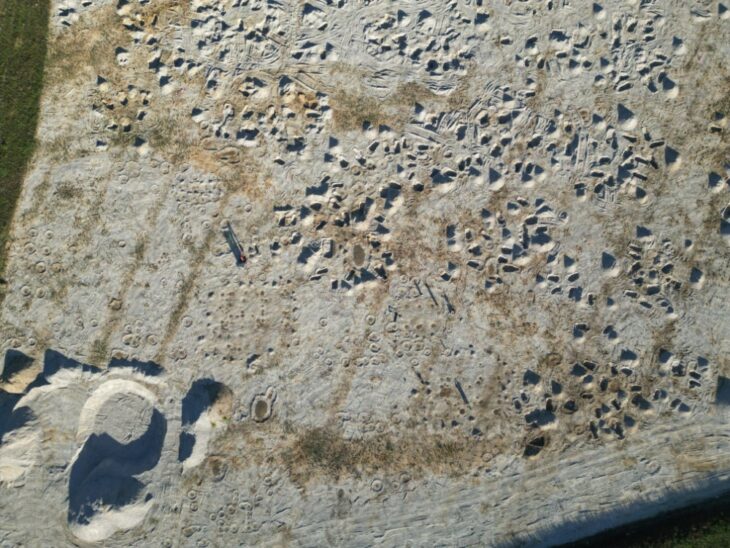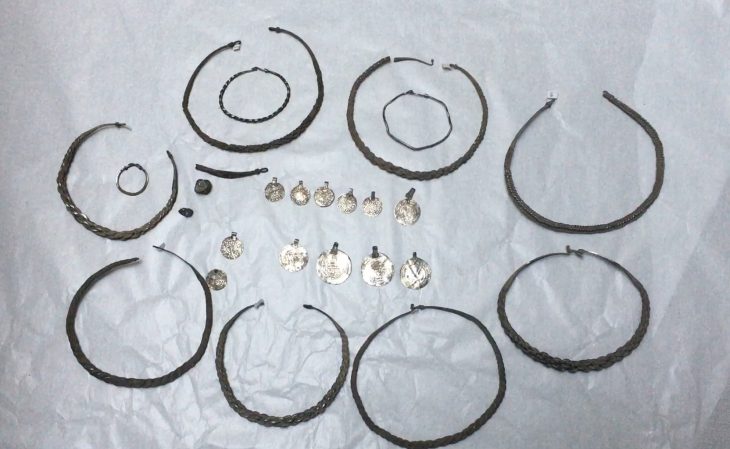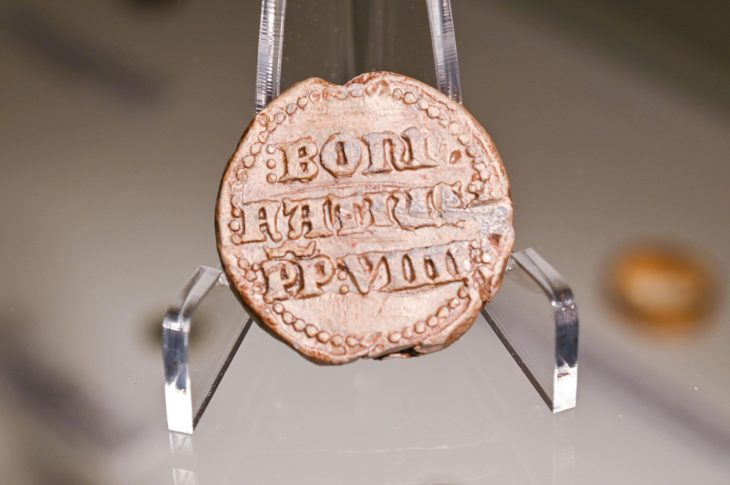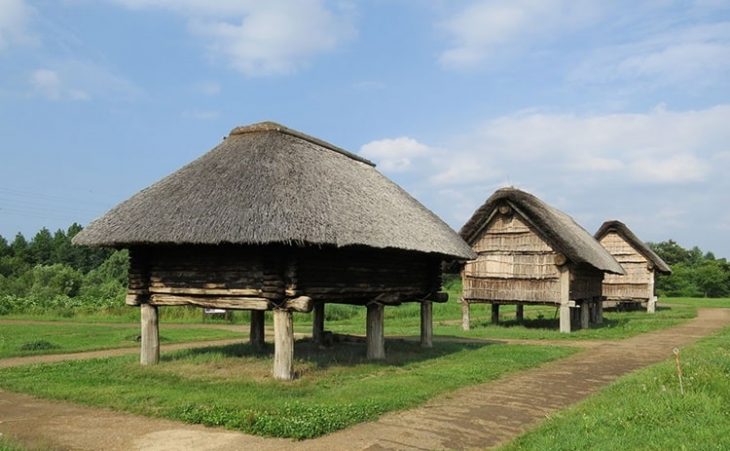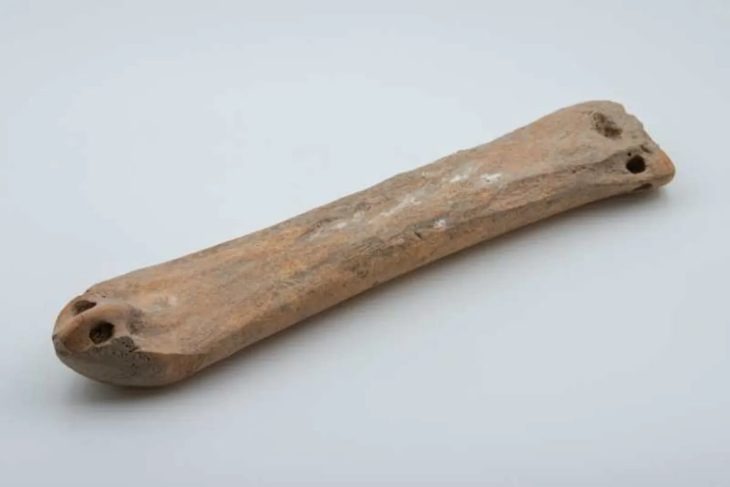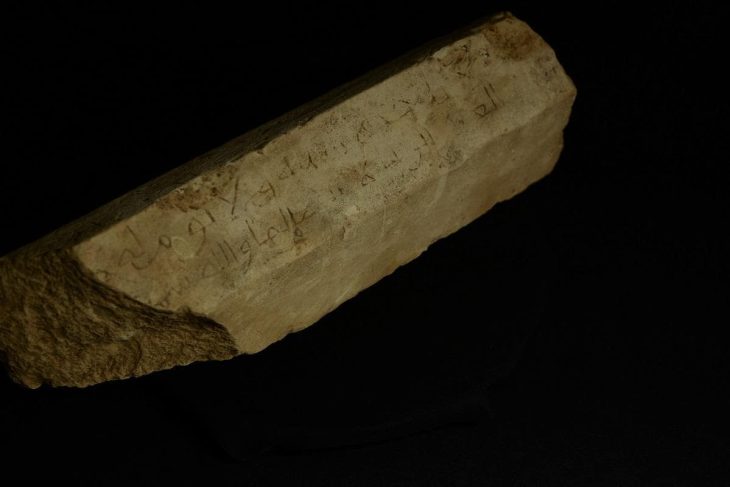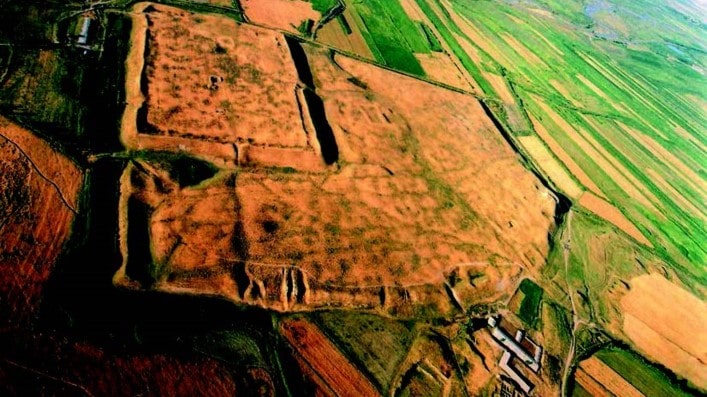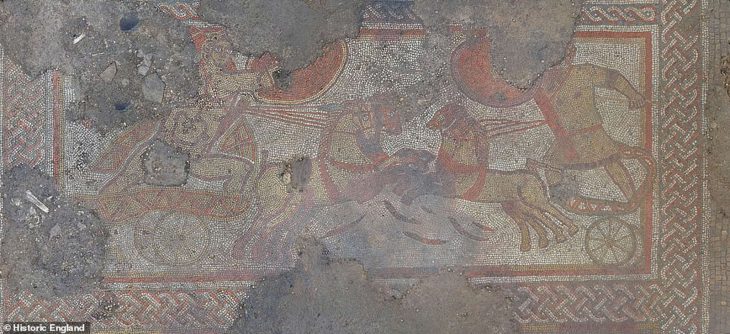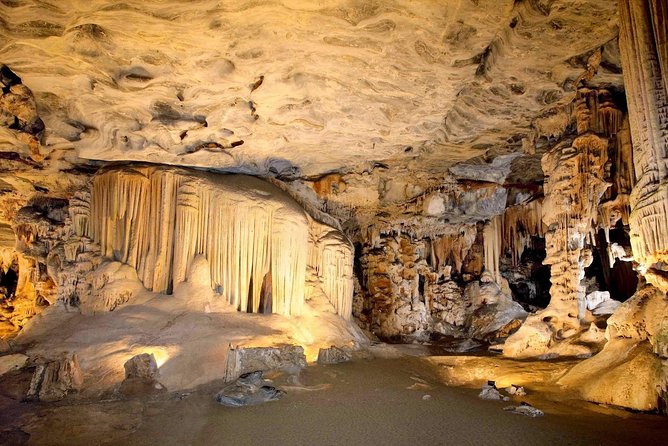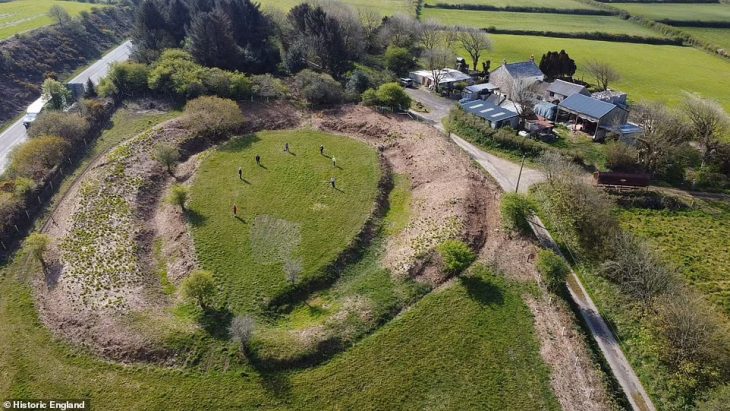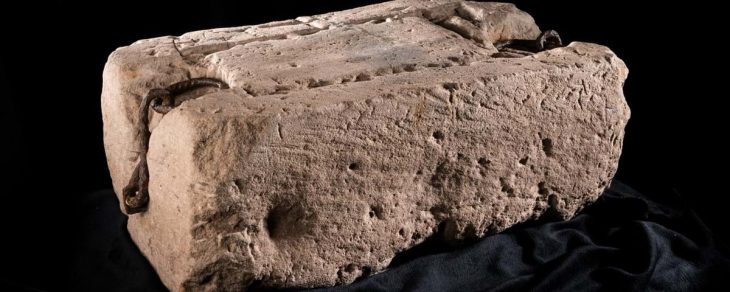Archaeologists from the Landesdenkmalamt Berlin (LDA) made a sensational find during their excavation at Molkenmarkt: about 2.50 m below Stralauer Straße, they came across a medieval plank embankment.
This is the earliest fortification of Stralauer Straße from the medieval founding period of Berlin in the 13th century reports Archaeology News Network. Initial wood samples revealed a felling date of around 1238 (tree ring analysis).
The embankment was constructed with oak, pine, and birch wood. The substantial wooden fortification of the road here near the Spree allowed safe passage from the Mühlendamm to the Stralauer Tor through the extremely damp terrain near the river. The stub embankment has been exceptionally well maintained due to a thick covering of peat that has kept the timbers airtight for over 700 years.
The structure has a width of 6 meters (19.6 feet) and runs for at least 50 meters (164 feet) with the planks laid down in three layers. The top layer consists of debarked trunks (with the bark of the tree removed to prevent rotting) that lie side by side across the embankment, resting on three longitudinal parallel beams.
Defects in the top layer were covered up with small boulders, and sand was also employed to smoothen the edges, according to a press release by the State Monuments Office Berlin. The top layers of the road were also dated to the Middle Ages.
“The complex wooden fortification of the road here near the Spree enabled a safe passage from Mühlendamm in the direction of Stralauer Tor over the very wet ground near the river,” says the same report from the State Monuments Office.
The archaeological investigations aim to precisely investigate the construction and extent of the road and to narrow down its age. All phases of the construction are being documented with modern technology. Due to the laying of the new electricity and gas lines, most of the medieval substances will be destroyed.

